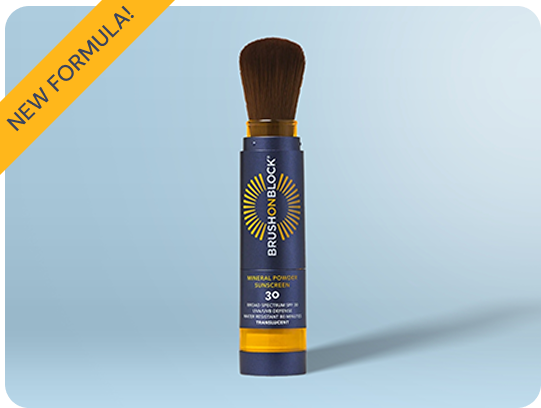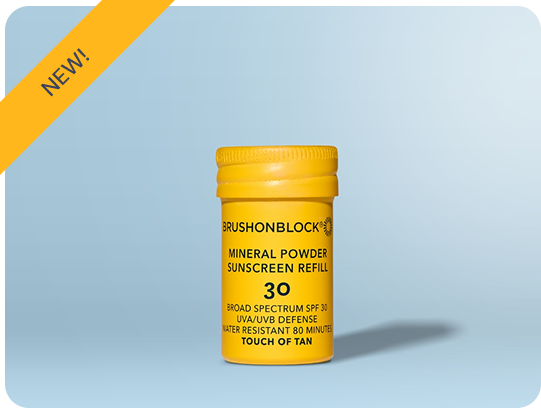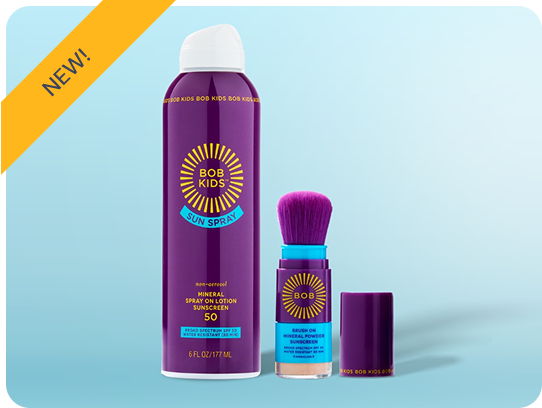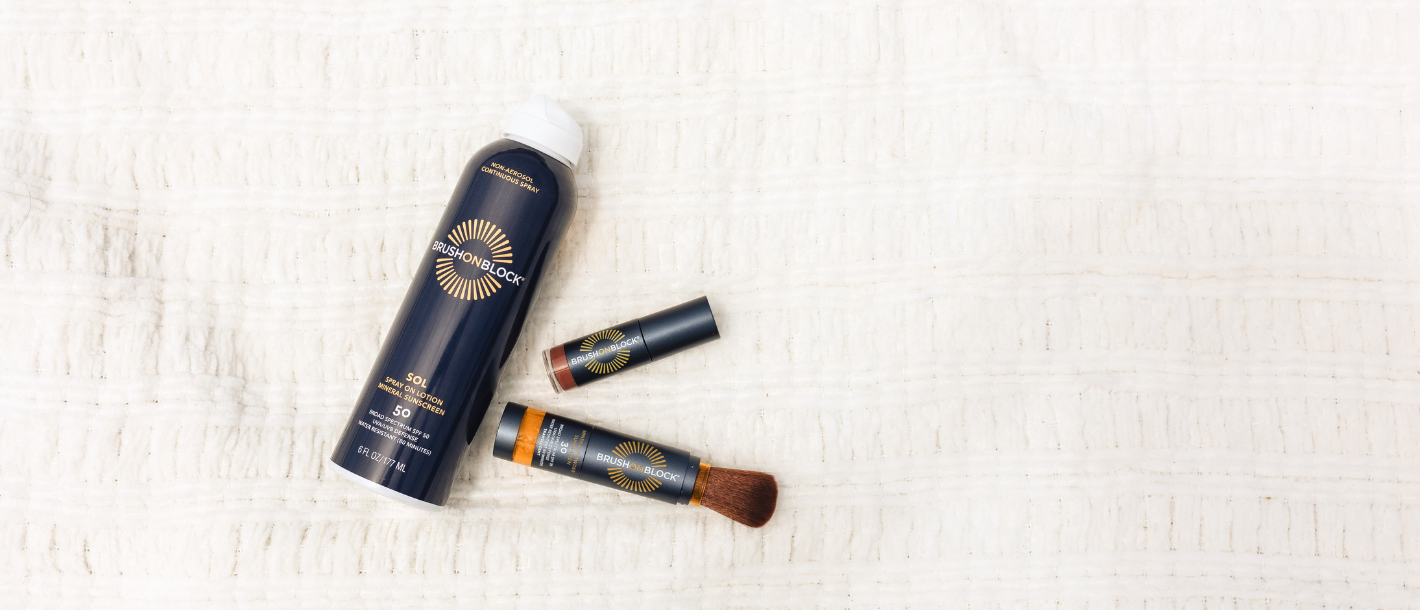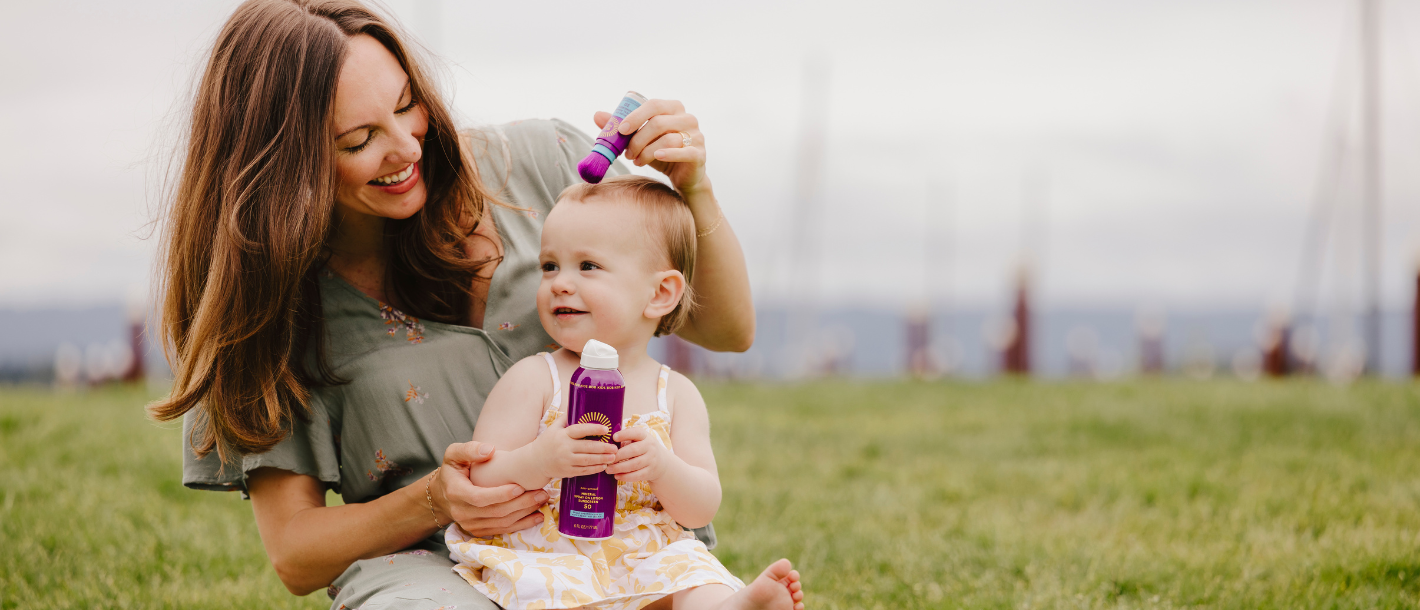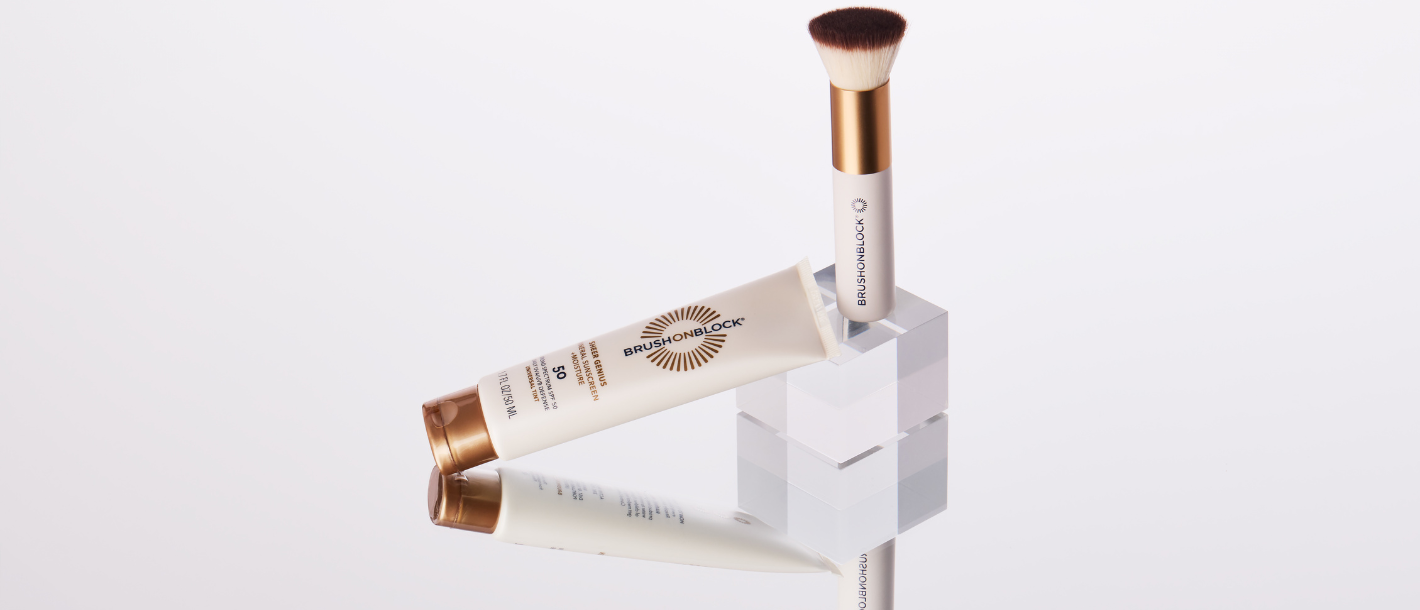The majority of skin cancer diagnoses are directly related to sun exposure. It is estimated that one out of every five people will get skin cancer at some point during their lives. With regular use of sunscreen, you can limit UVA and UVB exposure and lower your risk of skin cancer. With so many sunscreens now available, finding the right one for your needs can seem overwhelming.
The FDA has a list of approved sunscreen ingredients that include chemicals such as avobenzone, octinoxate, oxybenzone, and homosalate, among others — however, these chemicals are absorbed into the skin and can have side effects. Rashes, allergies, and hormone disruption are a few known reactions to chemical sunscreens, which begs the question, "Is there a safe alternative?"
Physical sunscreens reflect the sun's rays like tiny mirrors on the skin's surface. They are not absorbed into the skin like chemical sunscreens. Zinc oxide and titanium dioxide are the main ingredients in Brush On Block, a broad-spectrum SPF 30 mineral powder sunscreen. Physical sunscreen protects your skin from the sun as soon as it is applied, and it is less likely to cause irritation, especially for those with sensitive or blemish-prone skin.
For incidental or intense sun exposure, it is important to keep yourself protected. Apply Brush On Block in the morning, under or over makeup, and then throughout the day as needed. The portable brush provides easy, on-the-go application so you can protect your face, neck, ears, and scalp from the sun's harmful rays. For full body coverage, be sure to use a physical sunblock and cover yourself thoroughly.
In addition to sunscreen application, seek the shade, avoid tanning beds, and wear protective clothing including a wide-brimmed hat and sunglasses as part of your overall plan. Be vigilant about daily protection, and continue to educate yourself.
